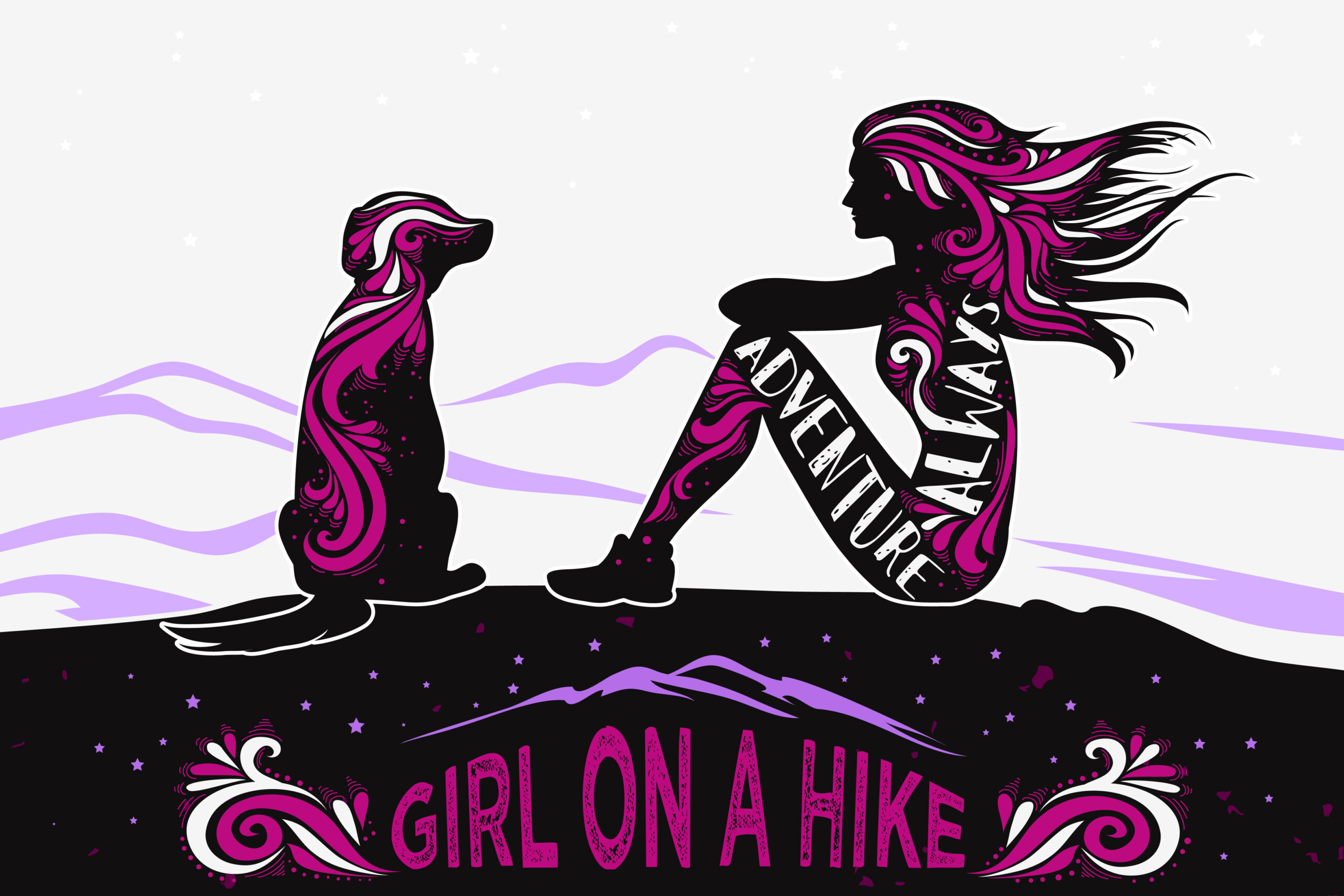 The Citadel Ruins sit high above Road Canyon in Cedar Mesa & Bears Ears National Monument.
The Citadel Ruins sit high above Road Canyon in Cedar Mesa & Bears Ears National Monument.
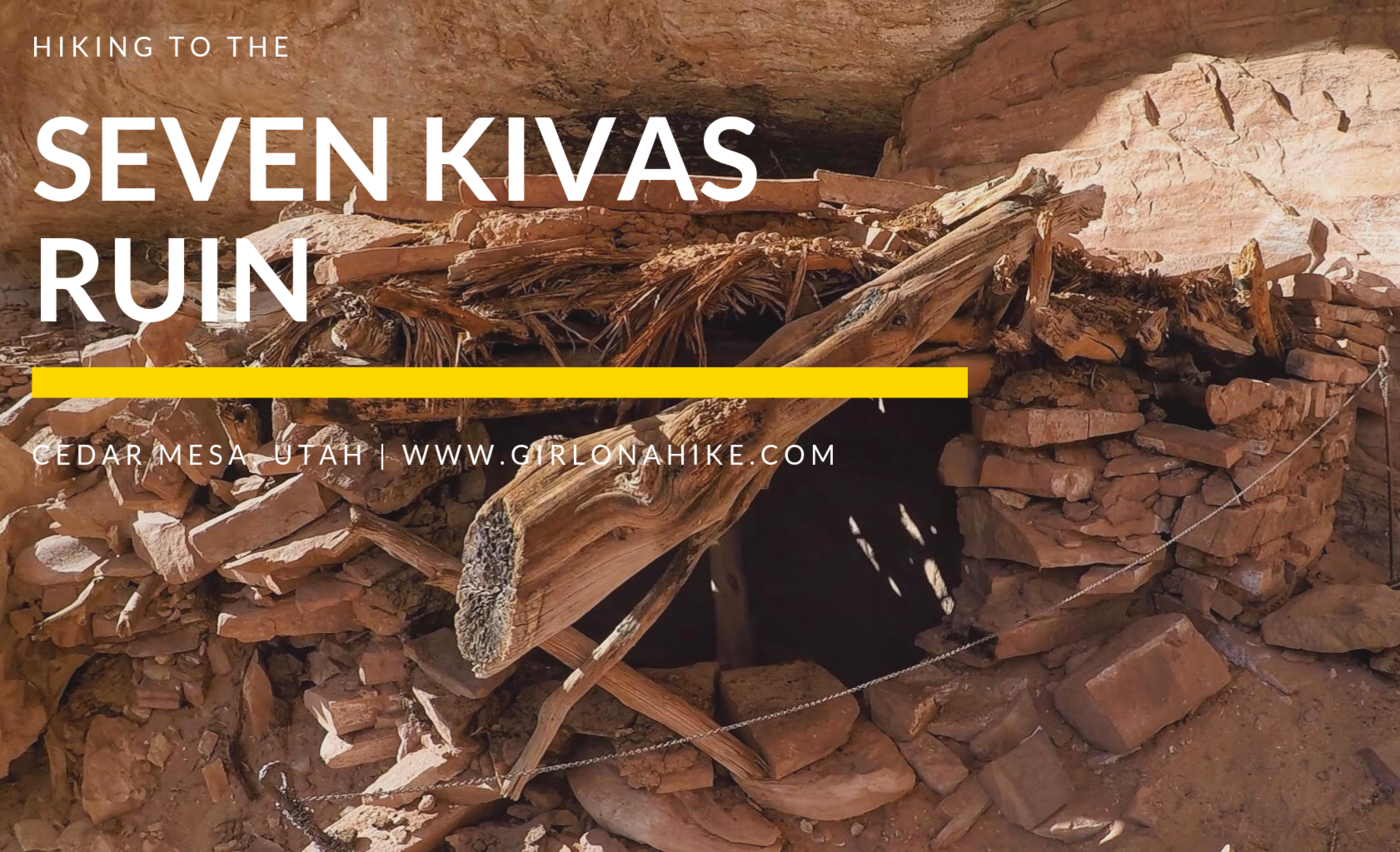
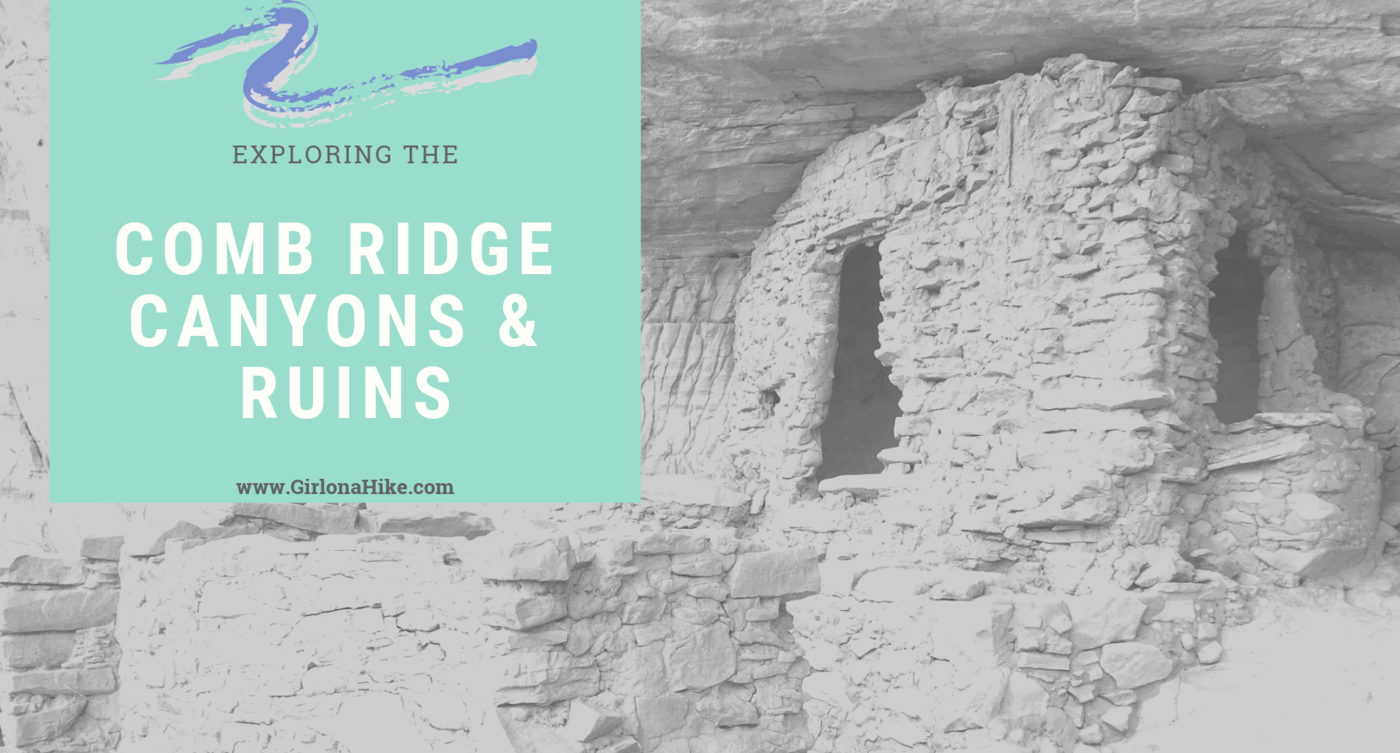
Comb Ridge is a 90-mile long Navajo sandstone ridge (or monocline) running North to South, and is home to many ancestral ruins and petroglyphs that date back around 800 years old. Comb Ridge itself has a gentle eastern facing slopes, while the west side has "teeth" that jut out and above the ridge line. Each of these "teeth" contain drainages that lead to the San Juan River. The Puebloans lived, farmed in this area, and left behind a massive amount of ruins and artifacts. Drought, overpopulation, diminishing resources, erosion, and conflict eventually brought an end to this era.

The Butler Wash Ruins are only a 20 minute drive West of Blanding, UT and is only 1 mile RT, so it makes for a great "get-out-and-stretch-your-legs" hike.
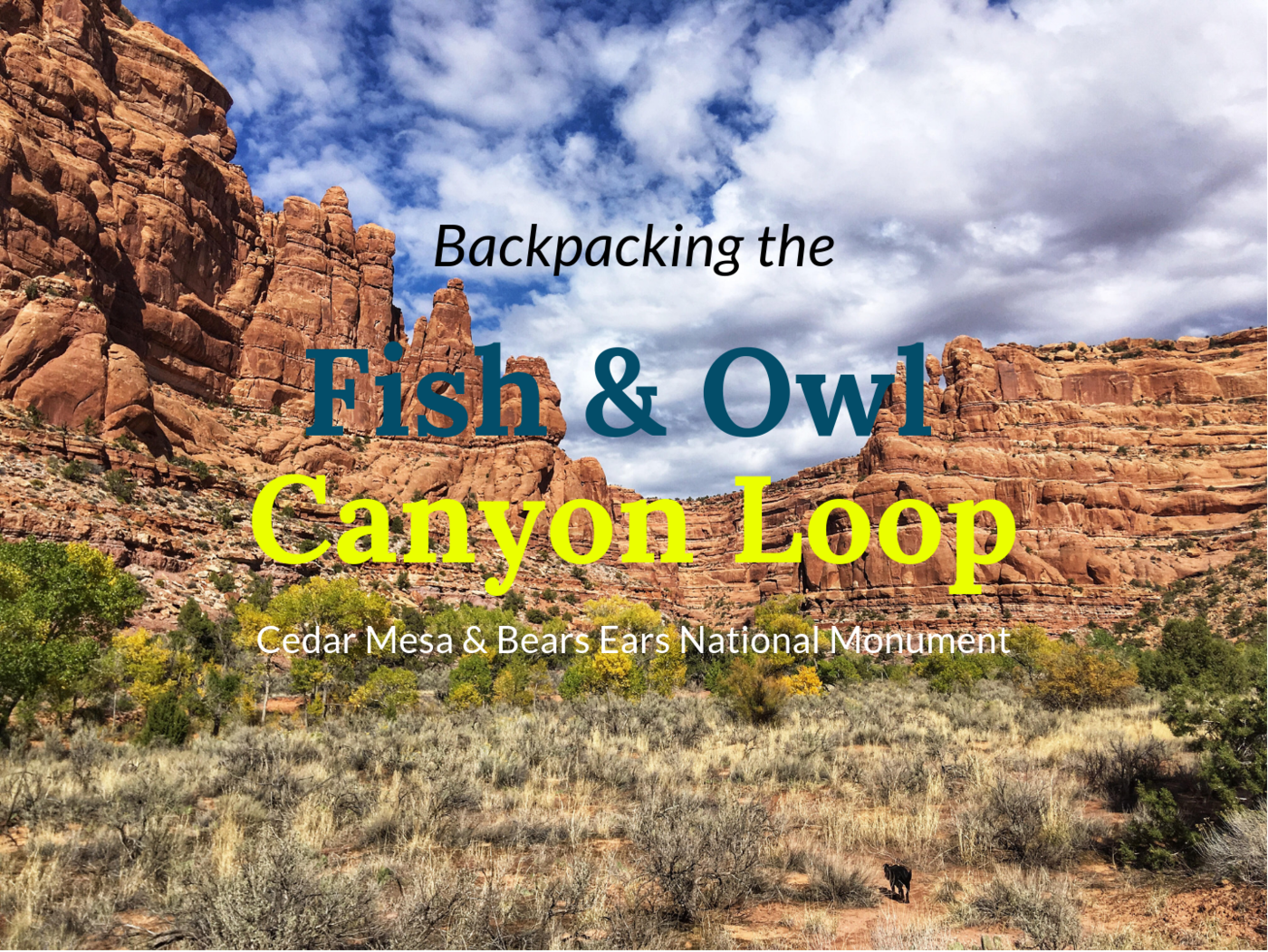
Fish and Owl Canyons, nestled in the Cedar Mesa area of Bears Ears National Monument, offers a stunning loop backpacking route. This trail is ideal for experienced hikers looking to explore ancient ruins and kivas, hike through desert terrain, visit Neville's Arch, and enjoy solitude in two scenic, deep canyons. With challenging terrain, light route-finding, and scrambling, it's best suited for intermediate to advanced backpackers.

The famous "House on Fire" ruins lie Mule Canyon, in between Natural Bridges National Monument and Blanding, Utah. Southeast Utah is home to the most numerous and varied collection of ruins, spread over a remote area of about 30 by 25 miles. Besides hundreds of ruins, mostly cliff dwellings, the Cedar Mesa area contains many petroglyphs and pictographs, all between 800 - 2000 years old from the Anasazi and Pueblo Indians. Most are found in canyons, where water was easily accessible and conditions were cooler in summer months. All land is public, managed by the BLM, and as of 2016 is protected under the Bears Ears National Monument.
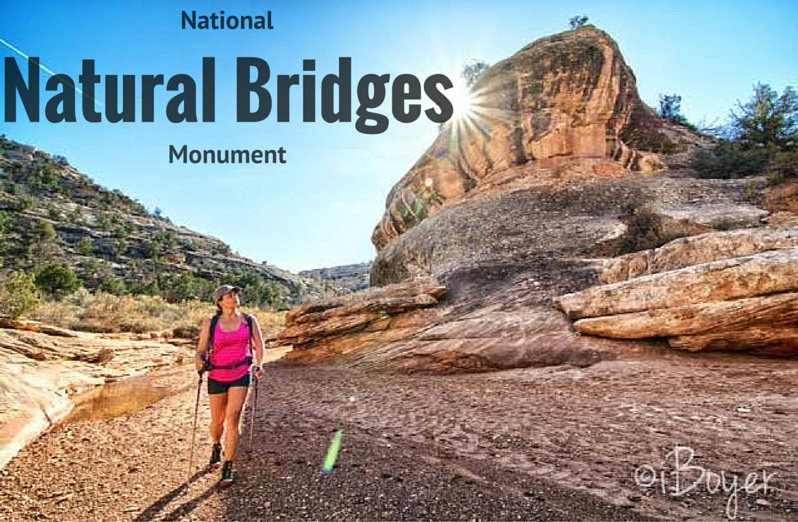
Natural Bridges National Monument covers a small area of SE Utah, and is therefore very remote and not close to any of "Utah's Mighty Five" National parks.
